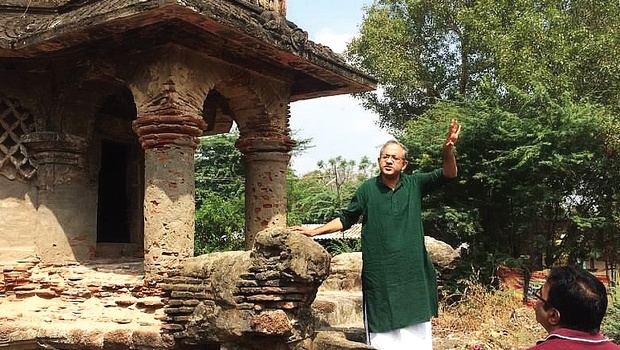
When President Pranab Mukherjee inaugurated the Muziris Heritage Project (MHP) in February in Thrissur district’s Kodungaloor, he called it the largest conservation effort in the country. The project was initiated by Kerala Department of Tourism to conserve historical monuments and museums, and to boost tourism. In Chennai, Abhimanyu Prakashrao—representing eight generations of the Buchi Babu family, the first family of Madras cricket—upheld the legacy by restoring the colonial 250-year-old Luz House, owned by Buchi Babu’s father Moddaverapu Dera Venkataswami Naidu, dubash to Parry & Co in the 19th century. In neighbouring Puducherry, the state government joined hands with the Indian National Trust for Art and Cultural Heritage (INTACH) in 2014 to restore 21 heritage buildings in the city. From February 5-7, the former French colony also witnessed the second edition of the Pondicherry Heritage Festival.
MHP was launched in 2006 as a heritage conservation initiative. Muziris Muziris, or Muchiri Pattanam, was one of the earliest ports in India, an entry point of varied cultures to India and finds mention in the Sangam literature. P J Cherian, chairman of the Kerala Council for Historical Research (KCHR), who led the excavation of the port, says it is time that historians studied Muziris as a Periyar Valley Civilisation. The Spice Route project is another heritage tourism initiative by the Kerala government.
Other stakeholders in the legacy pie are keeping the momentum going with heritage hotels in offbeat places such as Tranquebar aka Taramgambadi into Tamil Nadu. Heritage tours are tapping unexplored places that are teeming with history.
Heritage is slowly getting its due in south India, and leading from the front are Tamil Nadu and Puducherry, the twin citadels of history, art and culture.
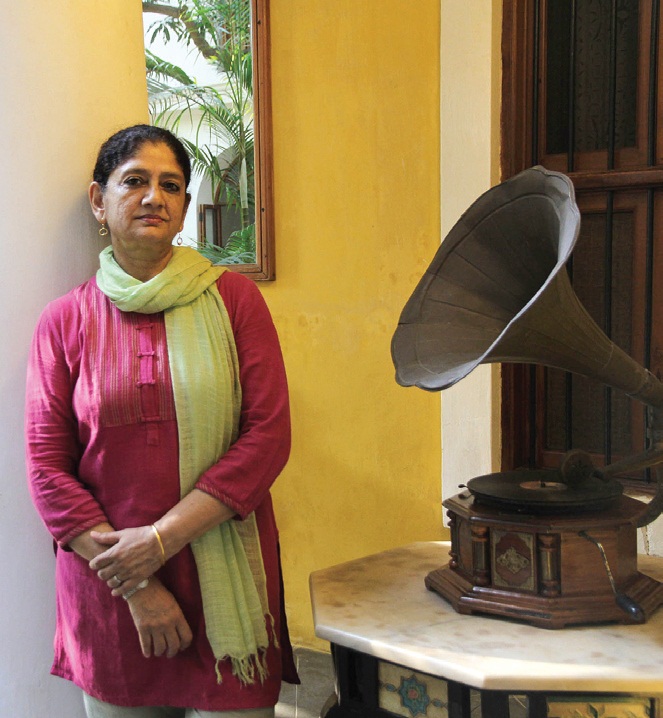
Last year, under the Ministry of Urban Development’s National Heritage Development Augmentation Yojana (Hriday), the Centre had sanctioned Rs.23 crore for Kancheepuram and Rs.22.3 crore for Velankanni for development and improvement of heritage sites over the next two years. In 2014, Tamil Nadu Chief Minister J Jayalalithaa had announced a subsidy of Rs.16.82 crore for 60 of the 64 heritage towns in the state.
In Puducherry, fondly called Pondy, which boasts of a unique Franco-Tamil heritage, attempts towards heritage conservation have been ongoing with some heritage homes being converted into cafés, restaurants and hotels. But it was the collapse of the 144-year-old Marie town hall building in 2014 that made the townspeople aware that all was not well with their famed heritage. “After the Marie building came down, people got together and a spontaneous movement was formed, called ‘People for Pondicherry Heritage’. A week after the collapse, a candle-lit tribute to Marie was organised,” says 63-year-old Sunaina Mandeen, co-founder of People for Pondicherry Heritage.
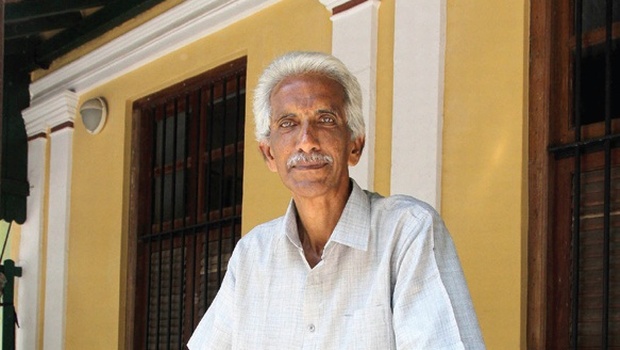
Conserving the heritage of this beautiful sea-side town is high on the Puducherry government’s agenda. “Two years ago, the government, which owns 30 heritage buildings, agreed to partner with INTACH to restore 21 buildings. Five or six buildings have been restored, with two to be restored this year,” says Ashok Panda, co-convener of INTACH, Puducherry chapter. With its team of 10 architects and restoration experts, INTACH has converted homes and buildings into heritage hotels such as Hotel Orient, Hotel Gratitude, Maison Perumal and La Maison Tamoule, and has restored 25 Tamil homes on Vysial Street. Hotel Orient was restored at a cost of `60 lakh and Hotel Gratitude for Rs.1 crore. For Maison Perumal and La Maison Tamoule, INTACH suggested the design.
Private players, especially those who endorse heritage preservation, are making a beeline for Puducherry, with many of them taking over ancient places and converting them into heritage hotels. Palais de Mahe on Rue de Bussy, a shining example of French colonial architecture with high ceilings and a yellow-white facade, owes its existence as a heritage hotel since 2013 to CGH Earth. In 2009, the group had restored an old Tamil house, Maison Perumal, at a cost of `2 crore. “Each of our properties has its own special charm and character. Palais de Mahe in the French quarter is very French, while Maison Perumal has a distinct Tamil character,” says Sam John, manager of Maison Perumal.
A hundred km away from the former French enclave, pioneers in the heritage architectural-restoration-for-reuse Neemrana Hotels honed in on Tharangambadi, which housed a Danish colony from 1620 to 1845. In Tamil Nadu, Neemrana’s 2004 project was the Bungalow on the Beach, an 18th-century Danish colonial house that belonged to the governor of Danish India, followed by Naik House and Gate House. On the Neemrana cards is another heritage hotel, Thamgam House.
In the neighbouring capital, a bit of Chennai’s vast architectural heritage was saved when the 17th century Luz House opened its doors to the public in 2014. “Luz House was in ruins for 40 years, except when it functioned as a L’Oreal heritage spa. I suggested to my father that we could transform Luz House to earn revenue,” says Abhimanyu Prakashrao, whose family owns the Dutch colonial bungalow. With an investment of Rs.50 lakh for restoration, the risk paid off for this MBA graduate. They have been doing well by letting it out for events and weddings. “We plan to start a small café, an eight- or 10-roomed hotel next. So far, only a third of the house is open to the public,” says Prakashrao.
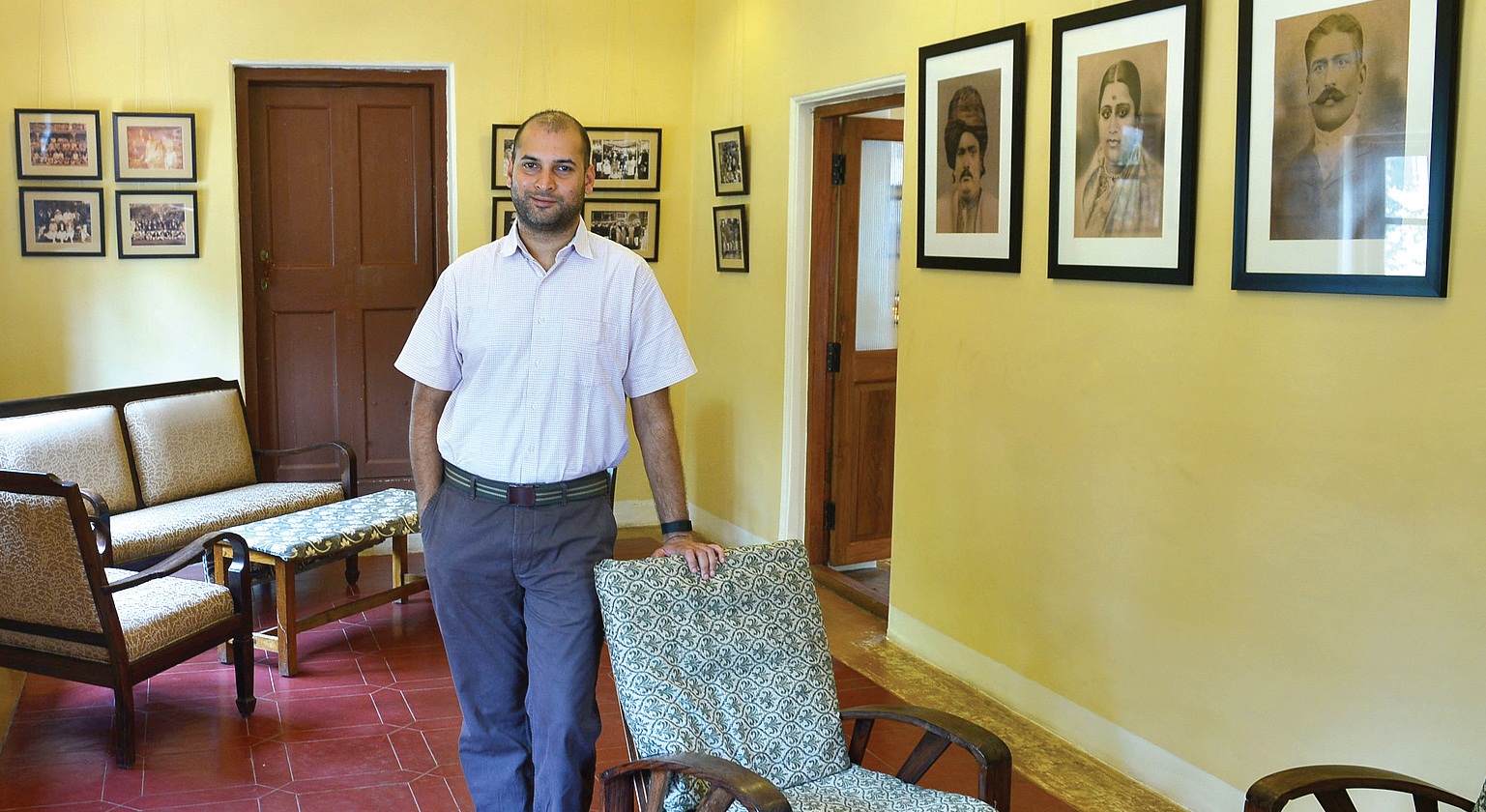
Bengaluru has its share of old bungalows, with many remodelled to create a new entity. The late 19th century colonial structure in Basavanagudi houses an antique home-furnishing boutique, Basava Ambara. When Venkataram Reddy heard in 2009 that the outhouse and a section of the mansion owned by the M Mahadevan family was available for rent, he took it. The bungalow is home to the Mahadevan family, and houses The Rogue Elephant, a café integrated into the boutique.
What separates Karnataka’s capital from the capital of the Vijayanagara kings, Hampi, is 350 km. Known for its beautiful ruins, Hampi and its surrounding areas—such as Anegundi—get many tourists. Shama Pawar, founder of the Kishkinda Trust, has been restoring the ruins of Anegundi and promoting its art and culture for the last two decades. “We have done lot of documentation about the ruins and monuments that are not covered under the government agencies. There is a mantapa with 64 pillars in the Tungabhadra river, with each showing 64 kinds of skills. The mantapa surfaces only during summer when the river water is low,” she says.
That heritage is an invaluable asset has manifested in people getting together and working towards its preservation. Sharmila Ganesan, co-convener of INTACH, Tamil Nadu, started Friends of Heritage Sites (FOHS) in 2014. “We wanted to involve the local community for they are stakeholders too, and often resort to vandalising properties,” says Ganesan. For their pilot project in 2015, they honed in on Mamallapuram to revive the ancient Pallava art and train local sculptors. “We commissioned six garden sculptures adhering to Pallava art and conducted a heritage workshop for middle-school kids,” she says. The organisation also conducts heritage tours every year.
Tamil Nadu’s heritage lies in its 36,000 temples. Chennai-based author and historian Pradeep Chakravarthy, says, “As a seven-year-old I used to visit temples and that impacted me.” Chakravarthy began organising heritage tours in 2014 on a friend’s suggestion. “We picked Tirunelveli as I knew the lay of the land. During the trip, we visited the house of an old zamindar family,” says the London School of Economics graduate. Trips to Vellore and Pudukottai have been planned for this year. “I am looking for a Tamil Jain family in Vellore to host us for an ‘ahimsa’ lunch,” he adds.
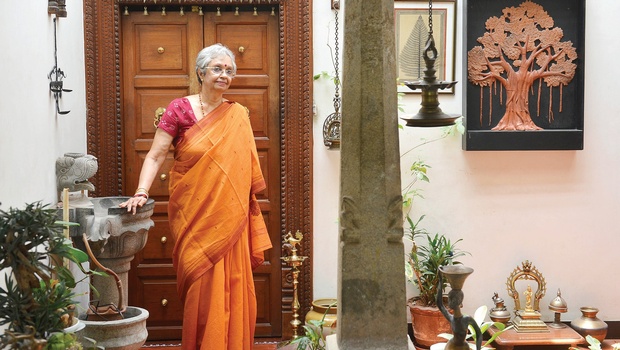
Not just architectural heritage, the revival of textile and arts heritage has come in for scrutiny. Writer, columnist, foodie and playwright Sabita Radhakrishna, who has worked with textiles for the last 30 years, says, “I wanted to revive the Kodalli Karuppur sari, which has 1,000 years of history. It was made exclusively for the ranis of Thanjavur up to the 19th century. With government support and help of a master weaver and a painter from Kalahasti, Andhra Pradesh, we spearheaded the revival campaign last year.” In June 2015, Radhakrishna started the 60 handloom sari pact in which one wore only handloom sarees 60 times.
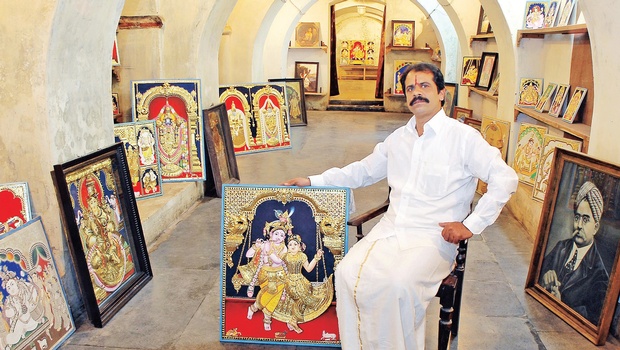
Heritage art such as the Tanjore (Thanjavur) paintings has also got a shot in the arm. Last year, along with a few other painting experts, B Sambaji Rajah Bhonsale, a royal descendant of the Maratha rulers and a Thanjavur painting expert, imparted training to 100 women on an initiative by CM Jayalalithaa. The women were paid Rs.2,000 each as stipend.
Thanjavur’s rich cultural past is also being revived by Prakriti Foundation, an organisation started by Chennai-based businessman-turned-culture czar Ranvir Shah.
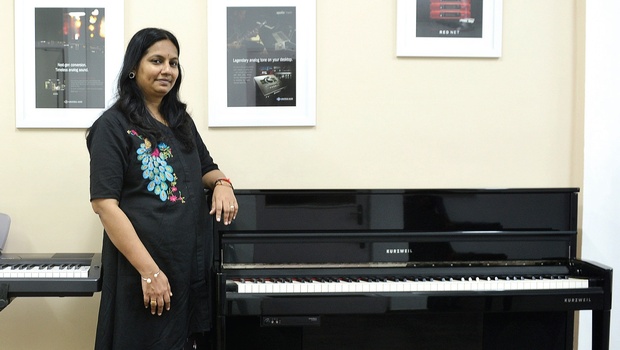
“We are looking to restore the Kalyana Mahal Chhatram at Thiruvaiyaru into a heritage centre,” says Meera Krishnan, programme coordinator for Prakriti Foundation. Its first project in 2008 was to restore 50 panels at the Devashriya Mandapam in the Thyagarajaswamy temple in Thiruvarur. Each year in March, Prakriti organises the Sacred Music Festival on the banks of the Cauvery river at Thiruvaiyaru, 12 km away from Thanjavur and the birth place of the legendary poet-saint Thyagaraja. Next on their agenda is to build a hostel for students of the music college there.
Tombs are as much part of the southern heritage as temples, and the Qutb Shahi tombs in Hyderabad representing a blend of Persian, Pashtun and Hindi architecture, are the only necropolis in the world where the members of seven generations of one royal dynasty are buried. They are also Hyderabad’s oldest heritage structures. In 2013, Agha Khan Trust for Culture (AKTC) took up the task of their restoration at a cost of `100 crore over a 10-year period. Conservationist architect and project director of AKTC Ratish Nanda says, “Our ambition is long-term preservation of this 450-year-old heritage structure.”
Chennai celebrates its heritage and 377-year-old history with the Madras Day celebration since 2004. Journalist and historian Vincent D’souza, who ideated the festival, keeps it pithy when it comes to heritage conservation. “If you are proud of your heritage, you will treat it with respect, not vandalise or spit on it,” he says.
With inputs from Saumesh Thimbath,Chetana Divya Vasudev, Amit S Upadhye and Saima Afreen
source: http://www.newindianexpress.com / The New Indian Express / Home> Magazine / by Sunita Raghu / April 02nd, 2016